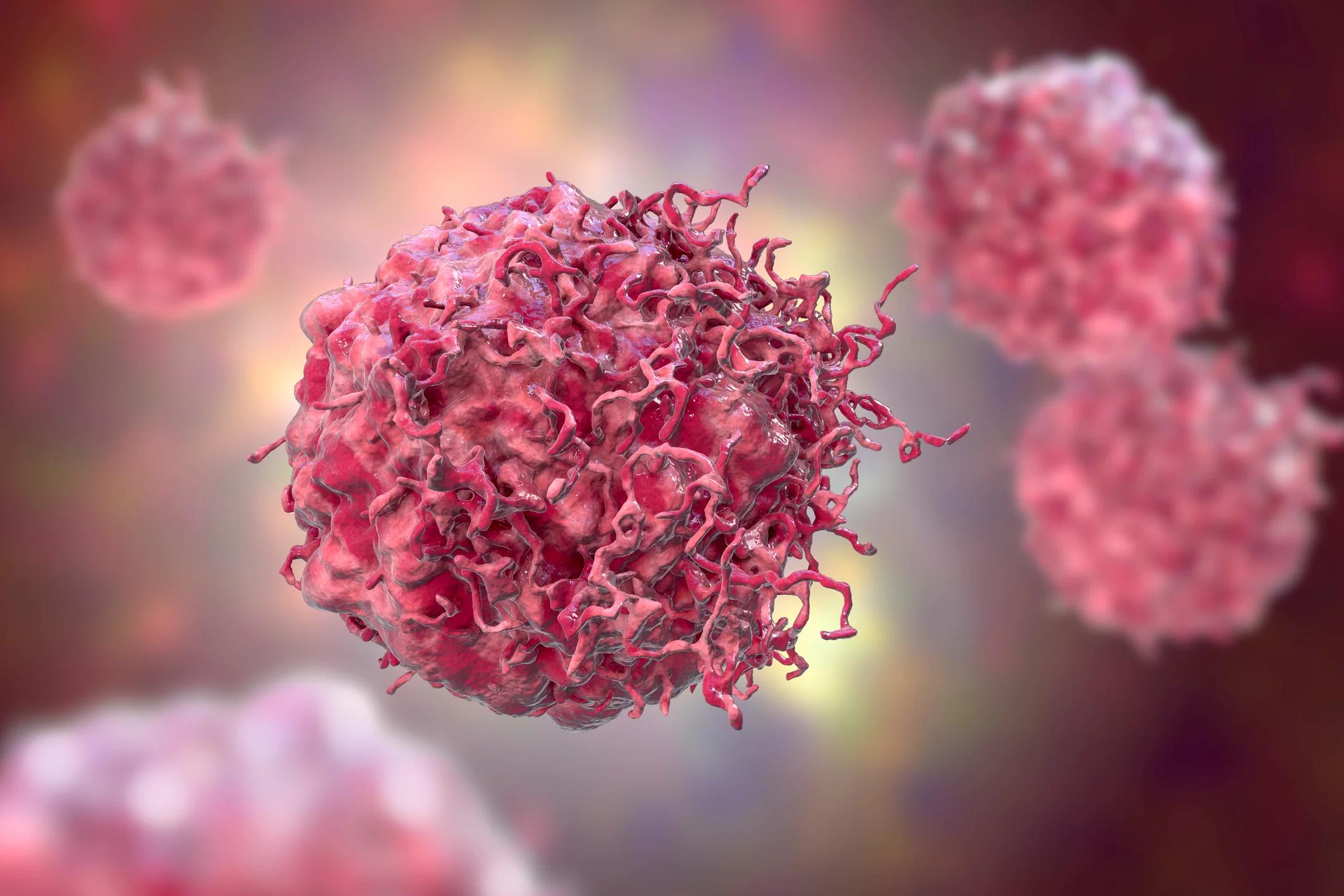KEY TAKEAWAYS
- The NeoCOAST-2 phase 2 trial aimed to improve pCR rates in patients with resectable NSCLC.
- The primary endpoint were pCR rate, safety and tolerability.
- Results revealed that Arm 4 had the highest pCR rate with improved mPR and manageable safety in resectable NSCLC.
The AEGEAN perioperative anti-PD-L1 monoclonal antibody (mAb) durvalumab regimen demonstrated the efficacy and safety of this approach in resectable non-small-cell lung cancer (NSCLC).
Building upon this, T. Cascone and the team aimed to improve pCR rates in resectable NSCLC by evaluating durvalumab with chemotherapy and novel agents as neoadjuvant therapy, and durvalumab with or without novel agents as adjuvant therapy.
Patients with untreated, histologically confirmed, resectable Stage IIA–IIIB NSCLC were enrolled. They were stratified by PD-L1 expression (<1% vs ≥1%) and randomized to one of three arms. Arm 1 received neoadjuvant durvalumab plus platinum-doublet chemotherapy and oleclumab (anti-CD73 mAb). Arm 2 received durvalumab plus platinum-doublet chemotherapy and monalizumab (anti-NKG2A mAb).
Arm 4 received durvalumab plus single-agent platinum chemotherapy and datopotamab deruxtecan (TROP2 directed antibody-drug conjugate [ADC]). Neoadjuvant therapy was given every three weeks for four cycles before surgery. This was followed by adjuvant treatment with durvalumab plus oleclumab (Arm 1), monalizumab (Arm 2), or alone (Arm 4) until disease progression per RECIST v1.1 or for up to 1 year.
As of 17 June 2024, 202 patients had been randomized (Arm 1, n=76; Arm 2, n=72; Arm 4, n=54). Baseline characteristics were balanced between arms. Of the patients who underwent or were ineligible for surgery, 59/64 (92.2%), 58/63 (92.1%) and 46/48 (95.8%) underwent surgery in Arms 1, 2 and 4, respectively.
In the modified intention-to-treat population, pCR rates were 20%, 26.7%, and 34.1% in arms 1, 2 and 4, respectively. Meanwhile, mPR rates were 45%, 53.3%, and 65.9%, respectively. Generally, rates of pCR and mPR were numerically higher in Arm 4 irrespective of PD-L1 status.
Treatment-related adverse events (TRAEs) occurred in 95.9% of patients in Arm 1, 91.5% in Arm 2 and 96.3% in Arm 4. The respective rates of grade ≥3 TRAEs were 33.8%, 38.0% and 18.5%.
In patients with early-stage, resectable NSCLC, Arm 4 showed the highest pCR rate. Treatments in all arms led to improvements in mPR rates along with a manageable safety profile and surgical rates comparable to currently approved neoadjuvant and perioperative immunotherapy-based regimens.
This is the first global phase 2 platform study showing encouraging efficacy and a manageable safety profile of an ADC in the neoadjuvant NSCLC setting.
The trial was sponsored by AstraZeneca.
Source: https://cattendee.abstractsonline.com/meeting/20598/presentation/3195
Clinical Trial: https://clinicaltrials.gov/study/NCT05061550
Cascone T, Florian G, Bonanno L, et al. (2024). “Neocoast-2: efficacy and safety of neoadjuvant durvalumab (D) + novel anticancer agents + CT and adjuvant D ± novel agents in resectable NSCLC.” Presented at: World Conference on Lung Cancer (WCLC); September 8, 2024; Singapore.



